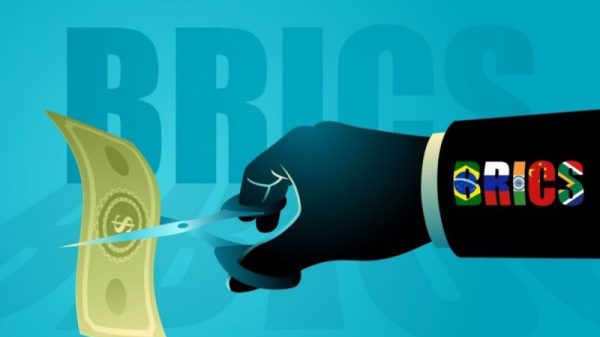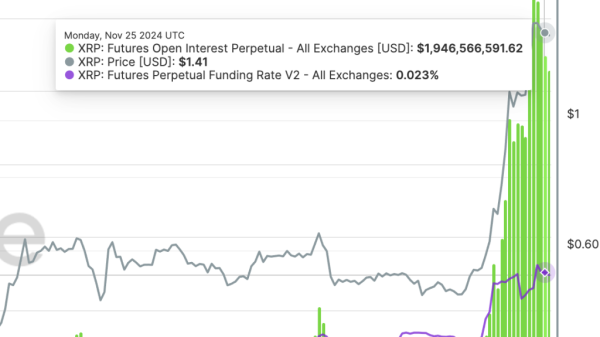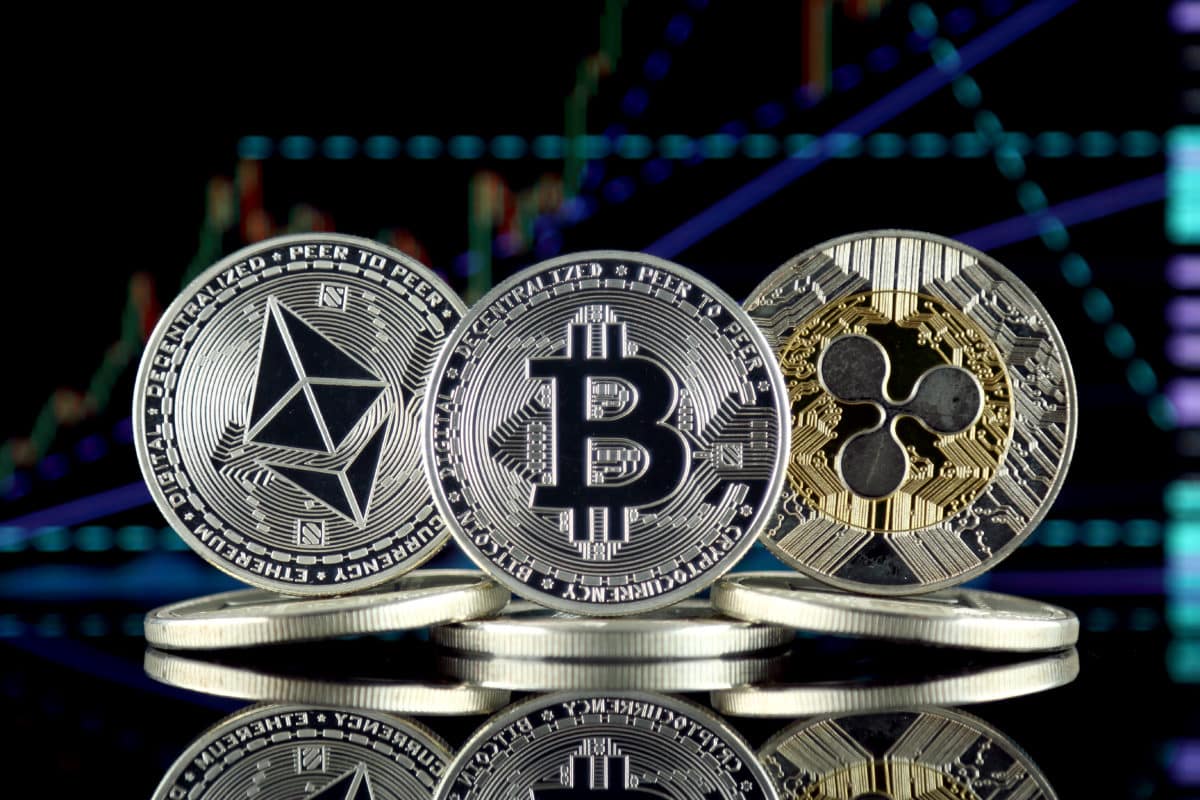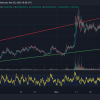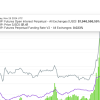Throughout the rapidly evolving world of cryptocurrency, two notable players continue to make headlines, Ripple and Tron. Both entities have experienced considerable fluctuations in their market status; however, they continue to hold immense potential for future growth. This article will delve into analyzing the recent performance of these two principal cryptocurrencies, primarily by focusing on Tron’s apparent return to the positive side.
Tron, introduced by Justin Sun and his team, has been a transformative force in the cryptocurrency sphere. Notwithstanding a previous dip in market value, Tron has revived its fortunes recently, pointing towards a positive trajectory. This promising progress is anchored on Tron’s unrelenting drive to solve the evident issues of scalability and the cost of transactions plaguing the present decentralized network.
To combat these challenges, Tron utilizes a unique protocol named the TPOS (Transaction Proof of Stake), designed to facilitate transactions more efficiently by reducing the entry barrier for node creation. This model allows for greater user engagement, fostering a more inclusive and democratic platform. By embracing this revolutionary technology, Tron has empowered its users to contribute and participate actively in the network’s validation protocols, hence amplifying its standing in the market.
Turning our attention to Ripple, this cryptocurrency is prominent for fostering diverse partnerships, thereby significantly aiding in strengthening its market status. Examples of these collaborations include that of Ripple with Santander, Standard Chartered, and American Express, among others. These alliances have not only provided Ripple with a robust foundation but have solidified its standing in the financial services domain.
Furthermore, Ripple is known for its speedy and cost-effective money transfer protocol. It serves as a digital payment protocol that enables instant international money transfers across the globe. Ripple’s XRP boasts a competitive edge over traditional methods of fund transfers, offering significantly lower fees and faster transaction periods, which have propelled its prominence among users and investors alike.
In comparison, both cryptocurrencies have varying goals. While Tron primarily focuses on creating a decentralized internet, Ripple aims to revolutionize international money transfers on a business scale. Tron’s recent return to profitability highlights its potential to bounce back even in volatile circumstances, embodying resilience in the face of constant change.
Consequently, despite their contrasting objectives, both Tron and Ripple emerge as key contenders in the digital currency landscape. Their unique strategies combat existing snags in their respective domains, showcasing their potential for growth and innovation. As cryptocurrency continues to burgeon, these two entities represent crucial lynchpins that will undoubtedly impact the future of digital currency.



